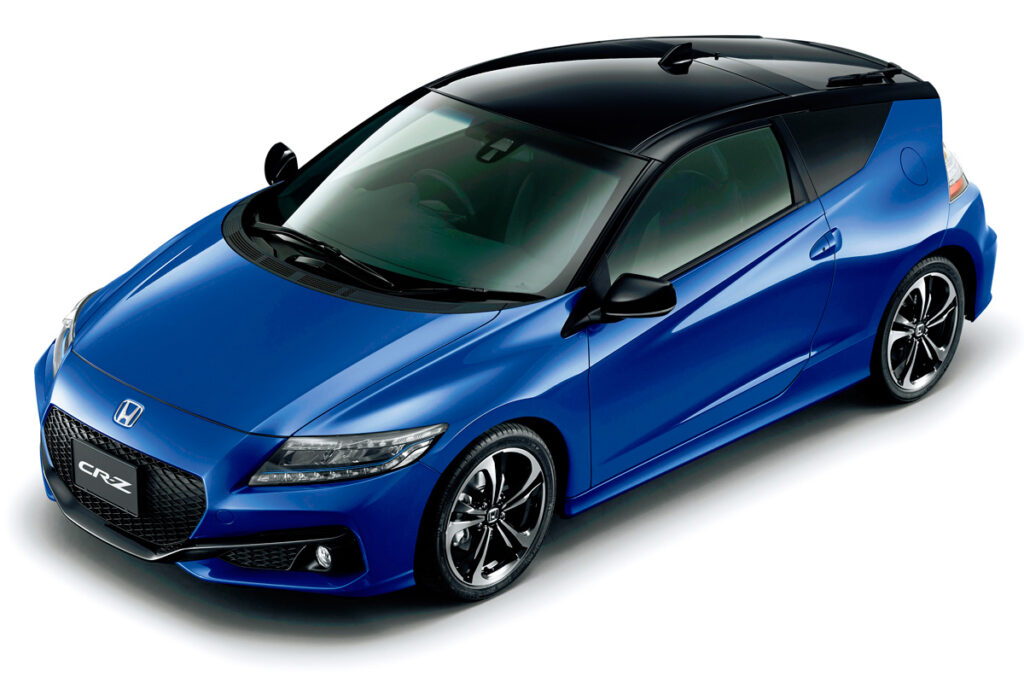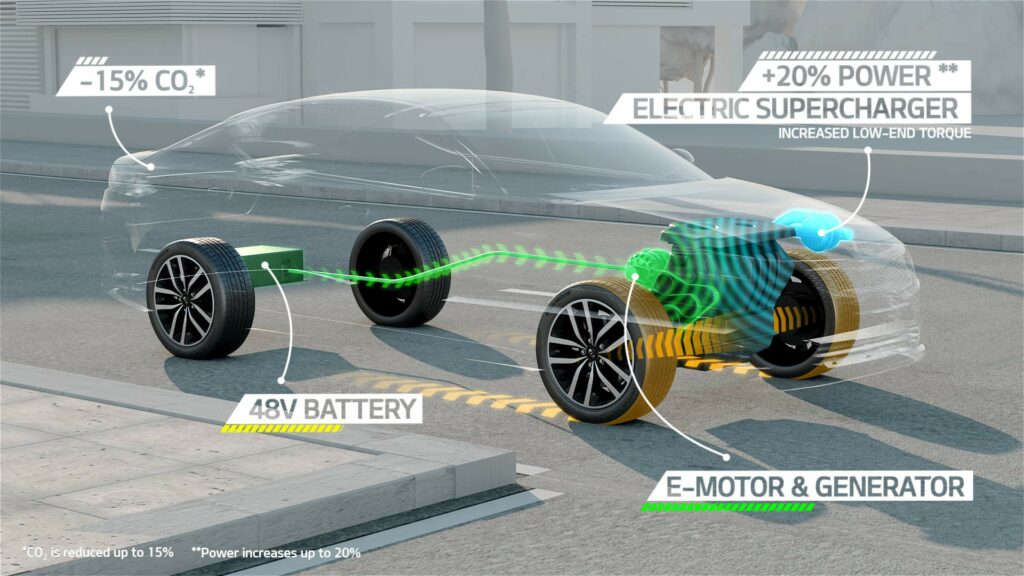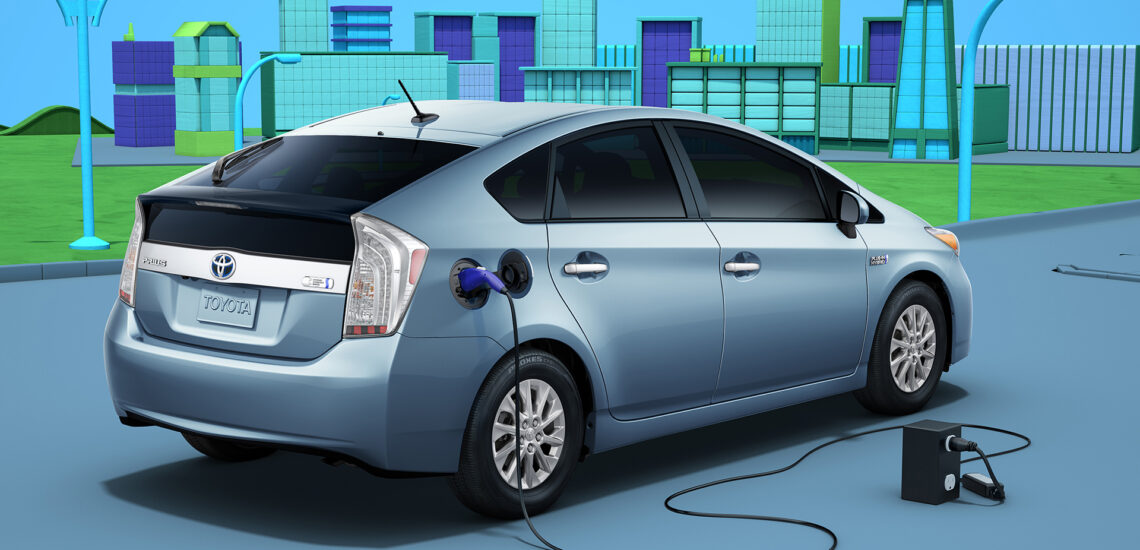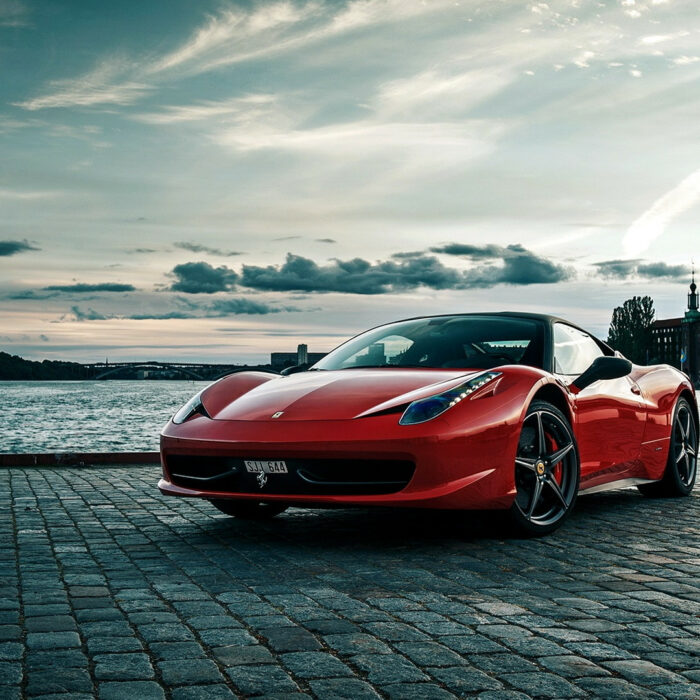Uma unidade de energia híbrida combina um motor de combustão interna e um motor elétrico, o que proporciona menor consumo de combustível e reduz a toxicidade dos gases de escape. No entanto, quanto mais eficiente for um carro híbrido, mais potentes serão as baterias necessárias e, consequentemente, mais alto será o preço.
Dependendo do papel que o motor elétrico desempenha na unidade de potência, os híbridos são divididos em leves e completos. Nos primeiros, o motor elétrico serve como auxiliar do motor de combustão interna, como, por exemplo, no hatchback Honda Insight. Os segundos são capazes de percorrer alguma distância apenas com tração elétrica, como o Lexus RX 400h. Também existem supostamente microhíbridos – um termo cunhado por profissionais de marketing para anunciar o sistema start/stop. Mas o último é essencialmente um gerador com funções avançadas. E estamos falando de esquemas em que os motores elétricos transmitem torque às rodas.

Existem também três tipos principais de esquemas de unidades de energia híbridas: série, paralela e série paralela. O esquema híbrido em série apareceu primeiro (foi inventado em 1899 pelo próprio Ferdinand Porsche), mas é menos comum em automóveis de passageiros. Por exemplo, unidades de energia de caminhões basculantes de pedreiras, alguns ônibus e locomotivas são construídas de acordo com ela. No esquema da série, as rodas são acionadas por um motor elétrico e um motor de combustão interna de pequena cilindrada gira um gerador que produz eletricidade. Não há necessidade de uma caixa de câmbio e de um potente motor de combustão interna. Mas baterias, via de regra, hidreto metálico de níquel, com grande capacidade, são necessárias.
O esquema mais comum agora é paralelo. Foi patenteado em 1905 pelo alemão Henri Pieper. Quase todos os híbridos leves o atendem. Eles são equipados com um potente motor elétrico (10-15 kW) que ajuda o motor de combustão interna durante a aceleração e armazena energia regenerativa durante a frenagem. Como regra geral, um variador ou uma engrenagem planetária é usada como transmissão.
Mas a Honda encontrou a oportunidade de equipar seu cupê elétrico a gás CR-Z com uma caixa de câmbio mecânica de seis marchas. Baterias de íon de lítio ou polímero de lítio são usadas como fonte de energia. Os híbridos leves não exigem baterias espaçosas a bordo, portanto, são acessíveis. No entanto, algumas montadoras estão procurando supercapacitores caros, capazes de fornecer uma corrente de potência muito alta por um curto período de tempo.

Híbridos em série paralela também são comuns. O hatchback Toyota Prius e o Lexus com índice h, equipados com HSD (Hybrid Synergy Drive) proprietário, são representantes clássicos dessa família. Agora vamos explicar o princípio de sua operação. Devido à transmissão planetária, surge a sinergia, uma interação de um motor de combustão interna e um motor elétrico. Aqui, um motor de combustão interna gira as rodas em conjunto com um motor elétrico, girando simultaneamente um gerador. Não há necessidade de uma caixa de câmbio tradicional: a eletrônica regula a velocidade dos motores e do gerador, transformando esse sistema em uma ECVT (Transmissão Eletro Continuamente Variável).
A maioria dos motores instalados em híbridos é a gasolina. Muitos operam de acordo com o ciclo de Atkinson com um curso de compressão mais curto e um processo operacional mais eficiente. Isso garante o melhor desempenho ambiental e de eficiência. A disseminação de usinas elétricas a diesel aparentemente mais eficientes é prejudicada principalmente pelo fato de que a maioria dos híbridos são vendidos nos Estados Unidos e não estão familiarizados com o diesel. Além disso, um motor a diesel é mais caro que um a gasolina, e isso só aumenta o preço considerável do híbrido.

Esta é uma tradução. Você pode ler o original aqui: https://www.drive.ru/technic/4efb336400f11713001e4df5.html

Publicado Novembro 11, 2021 • 3m de leitura






